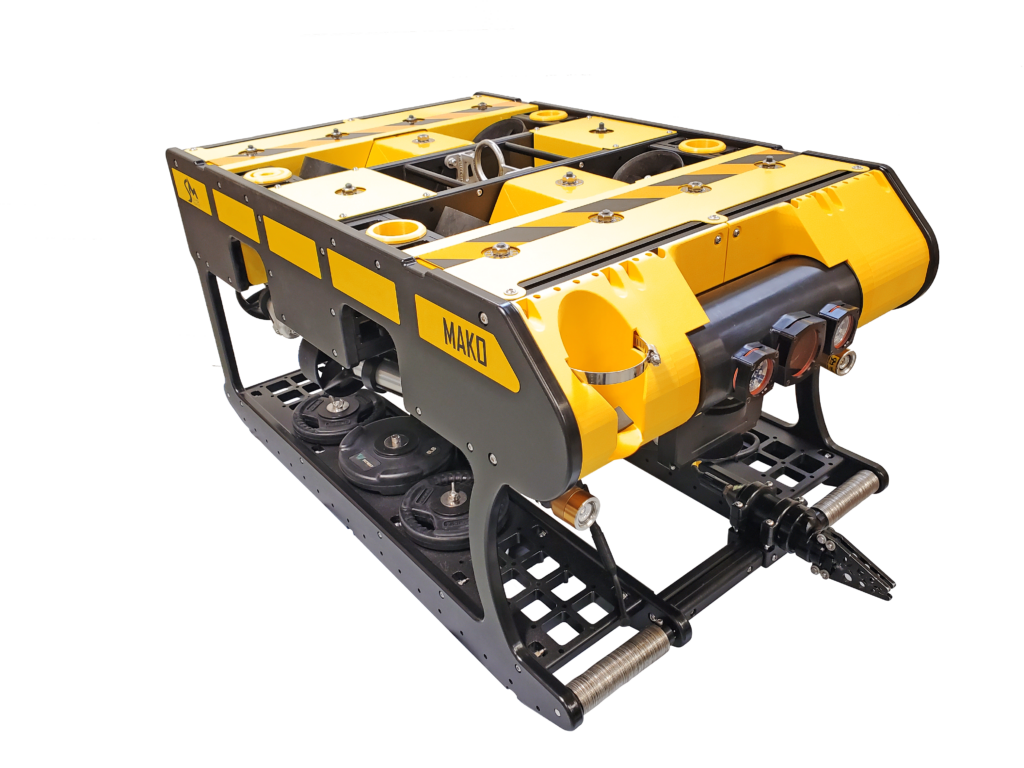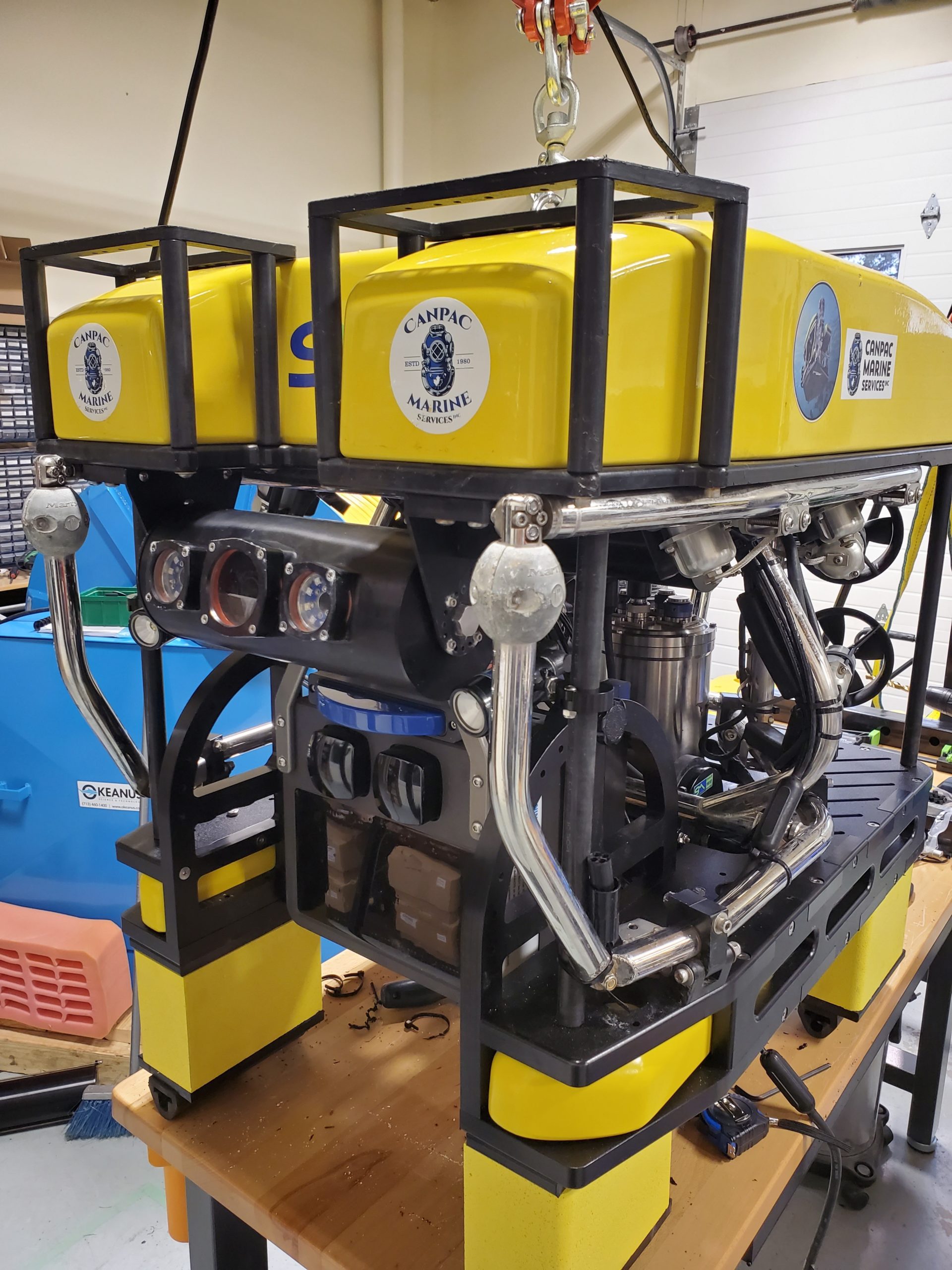ROV payloads are typically calculated based on several factors. Some of these factors include the vehicle’s buoyancy, thruster capabilities, power supply, and overall design. The payload capacity refers to the maximum weight the ROV can carry while maintaining its intended performance and stability.
Buoyancy and Weight Distribution in ROV Payload Calculations
The ROV’s buoyancy and weight distribution are crucial factors in determining its payload capacity. The vehicle needs to be neutrally buoyant, meaning it neither sinks nor floats in the water. The weight of the ROV itself, including its frame, thrusters, and electronics, is subtracted from its total buoyancy capability to determine how much additional weight (payload) it can carry.
Thruster Capabilities to Carry ROV Payloads
The ROV’s thrusters provide the necessary propulsion and control in underwater environments. The ROV’s thrust-to-weight ratio is important for maintaining stability and maneuverability while carrying a payload. The thrusters must be powerful enough to handle the added weight without sacrificing control or efficiency. SEAMOR Marine ROVs are notorious for their easy control and maneuverability. This is in part thanks to our thrusters and their specific placement. In part, this is also thanks to our intuitive controls.
Power Supply
ROVs require a power to operate their thrusters, lights, sensors, cameras, and other equipment. The payload capacity is influenced by the available power supply and the energy requirements of the ROV and its payload components.
Structural Integrity
The ROV’s frame and structure must be designed to handle the stresses imposed by the payload. Adding too much weight could lead to structural failure or reduced performance.

SEAMOR Modular Design Benefits ROV Payload
Having a modular ROV design can increase payloads and offer other benefits:
- Flexibility and Adaptability. A modular ROV consists of interchangeable components that can be easily swapped out or upgraded. This allows you to customize the vehicle for different missions and payload needs. For example, a modular ROV can be equipped with specialized tools based on the specific tasks it needs to perform. Get in touch to learn more about our NEW MODEL MAKO 2023 with its increased payload.
- Efficient Maintenance and Repair. Modular ROVs are easier to maintain and repair because components can be replaced individually. If a particular component malfunctions, it can be quickly replaced without requiring extensive downtime for the entire vehicle.
- Cost-Effectiveness. By reusing components and upgrading only specific parts or tools, you can reduce overall costs compared to designing and building a new ROV for each type of mission.
- Faster Deployment. Modularity allows for faster deployment of ROVs since different modules can be preconfigured and swapped as needed. This is especially beneficial in time-sensitive missions or rapidly changing conditions.
In summary, ROV payloads are calculated based on several factors like buoyancy. Modular ROVs, like those that SEAMOR produces, offer increased payloads. This comes with benefits such as flexibility, adaptability, efficient maintenance, cost-effectiveness, and faster deployment.

